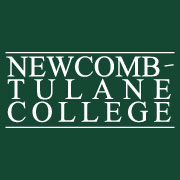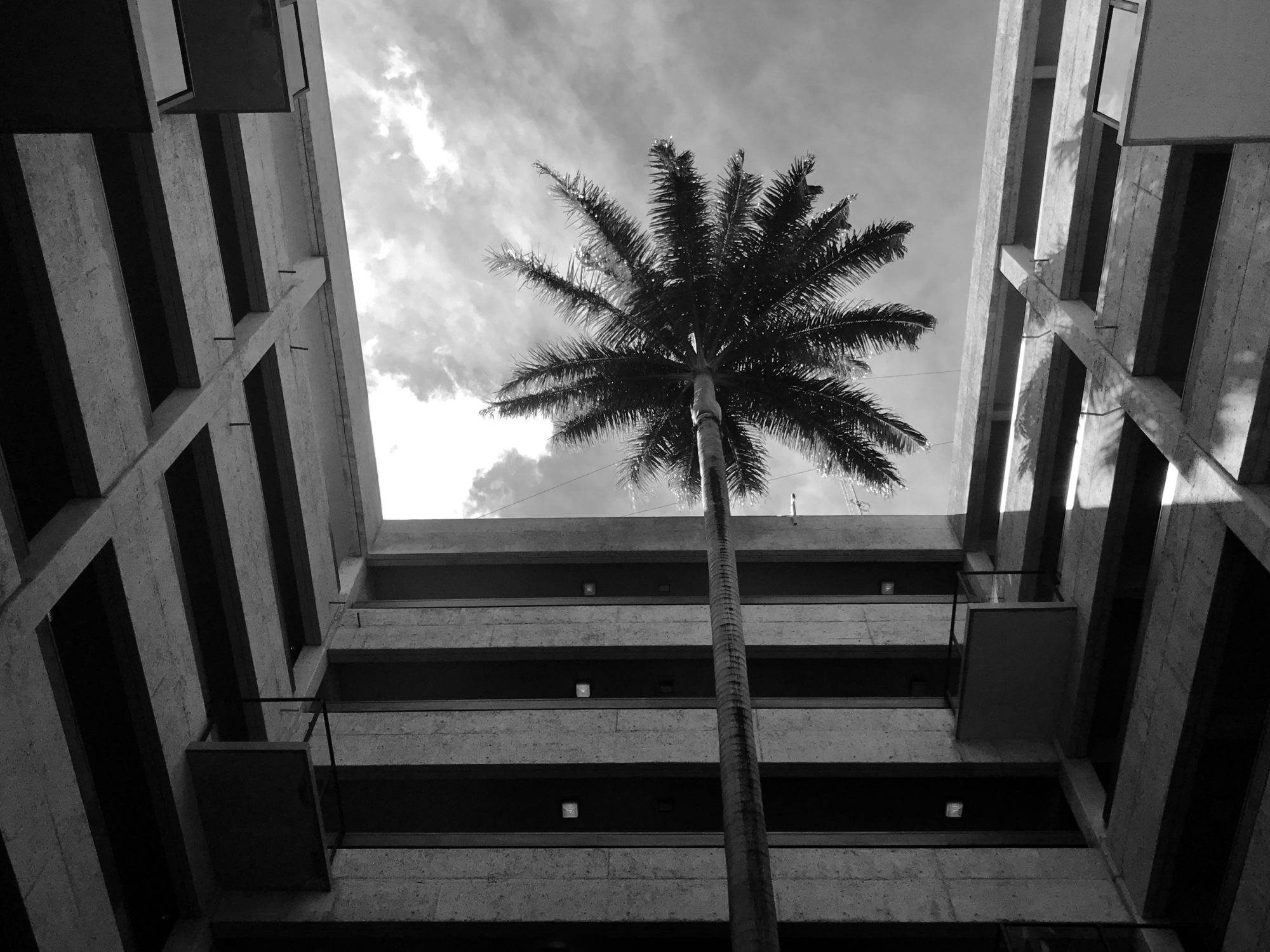With the Newcomb-Tulane College grant, I was able to conduct field-research on the Island of Hawaii for my thesis and gain access to information only accessible at institutions in Honolulu. My thesis calls for a reexamination of an Ahupua’a (traditional Hawai’ian master plan for subsistence farming) to remedy a worsening situation regarding public health and cultural erasure within the district of Puna. My time in Hawai’i was invaluable and provided my research the last layer of validation needed to proceed with the designed portion of the thesis.
My first days in Hawai’i were spent staying at the University of Hawai’i Manoa on Oahu. Here, I spoke with three professors: two professors of sociology with a focus on Hawai’ian culture, and a professor of urban design with the UH School of Architecture. These conversations were abundantly helpful in answering questions I had regarding the execution of my project, it’s viability, and how the reality of the rural Hawai’ian lifestyles today differ from my research. I was also given a wealth of resources to explore and direction for locating appropriate material in UH’s libraries. Based on the advise of the professors, I reorganized my itinerary to see locations they recommended in lieu of my original destinations.
For two of the days, after meeting with the professors in the morning, I drove to the other side of Oahu to visit a restored ahupua’a. While there, I spoke with the Native Hawai’ian “land stewards” who controlled the agriculture on the ahupua’a. I also was able to see many of the features of a traditional ahupua’a like the coastal fishpod and the complex irrigation system. I also learned how the agricultural harvests of the ahupua’a have changed as the ecologies of the island have shifted and how the market economy now dictates much of what is grown. The remaining time on Oahu was divided between the libraries at UH and relevant architectural sites in Honolulu.
Once on the Island of Hawai’i, the first day was spent locating my AirBnB and having dinner with my personal contact. I spent most of the next day driving and hiking around the extents of my site, taking photographs, and documenting relevant characteristics. That evening, I met an ichthyologist (fish biologist), who was my server at a restaurant in Hilo. I was advised to go see a public park a few miles down the coast to learn about traditional fishpond management. The following morning I drove to the park and spoke to a group of Native Hawai’ians who managed a series of brackish fishponds (a process of balancing ocean water and natural rainfall that hardly anybody today possesses the knowledge to do). We spoke of their family’s history in the District of Puna and what a Native Hawai’ian lifestyle means today. I learned a great deal on how the priorities of modern Hawai’ians vary from person to person, and how Hawai’ians today juggle traditional values with the demands of life in the 21st century.
My plans to visit a farm on my final day in Puna were thwarted by a severe thunderstorm but I was lucky enough to meet with a representative of the Hilo Planning Office. We discussed how the district is attempting to remedy the social and environmental issues they face. He shared knowledge of how the district plans to rezone much of the undeveloped property and agreed to provide any assistance he could via email for the remainder of the semester. His one request was that I provide him a copy of my final thesis document to be used as a reference for requesting state funds. I departed for Oahu the next morning and mainland US that evening.
The full $1,200 I received from my grant went towards the two flights and accommodations on Oahu and the Island of Hawai’i. This research trip was far more helpful and informative than I could have imagined when applying for the grant. I not only confirmed the hypothesis of thesis but was provided an abundance of material and insight to proceed with.
Written by Diego Schubb, recipient of a Judith & Morris Henkin Memorial Travel Scholarship, 2018-2019

